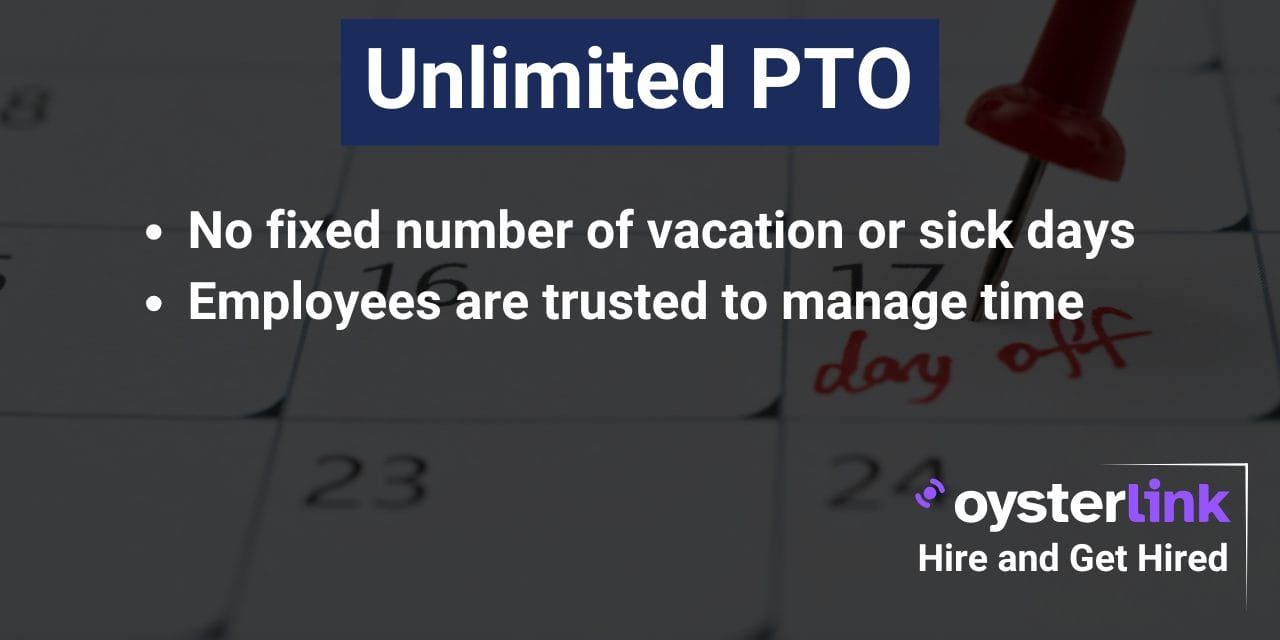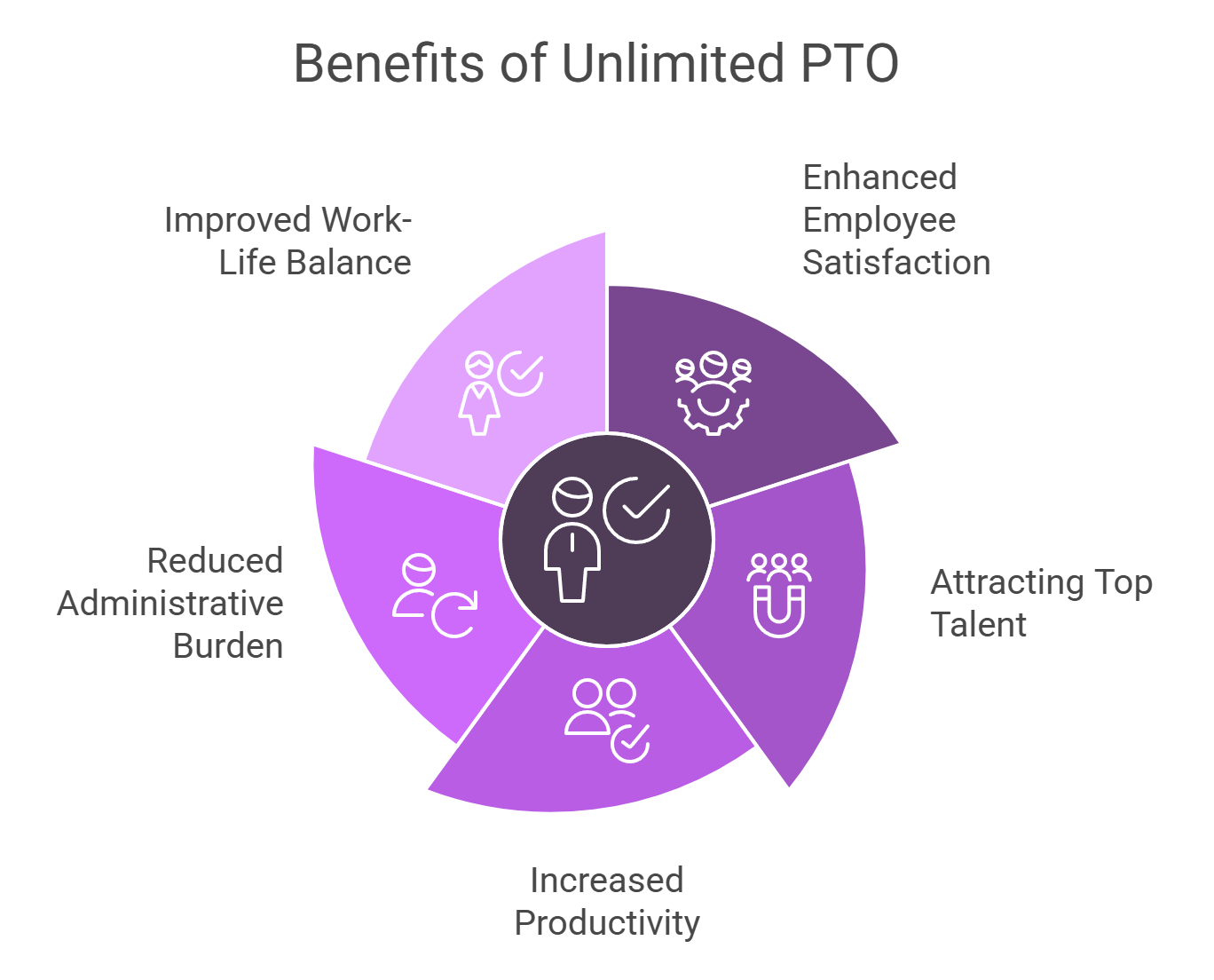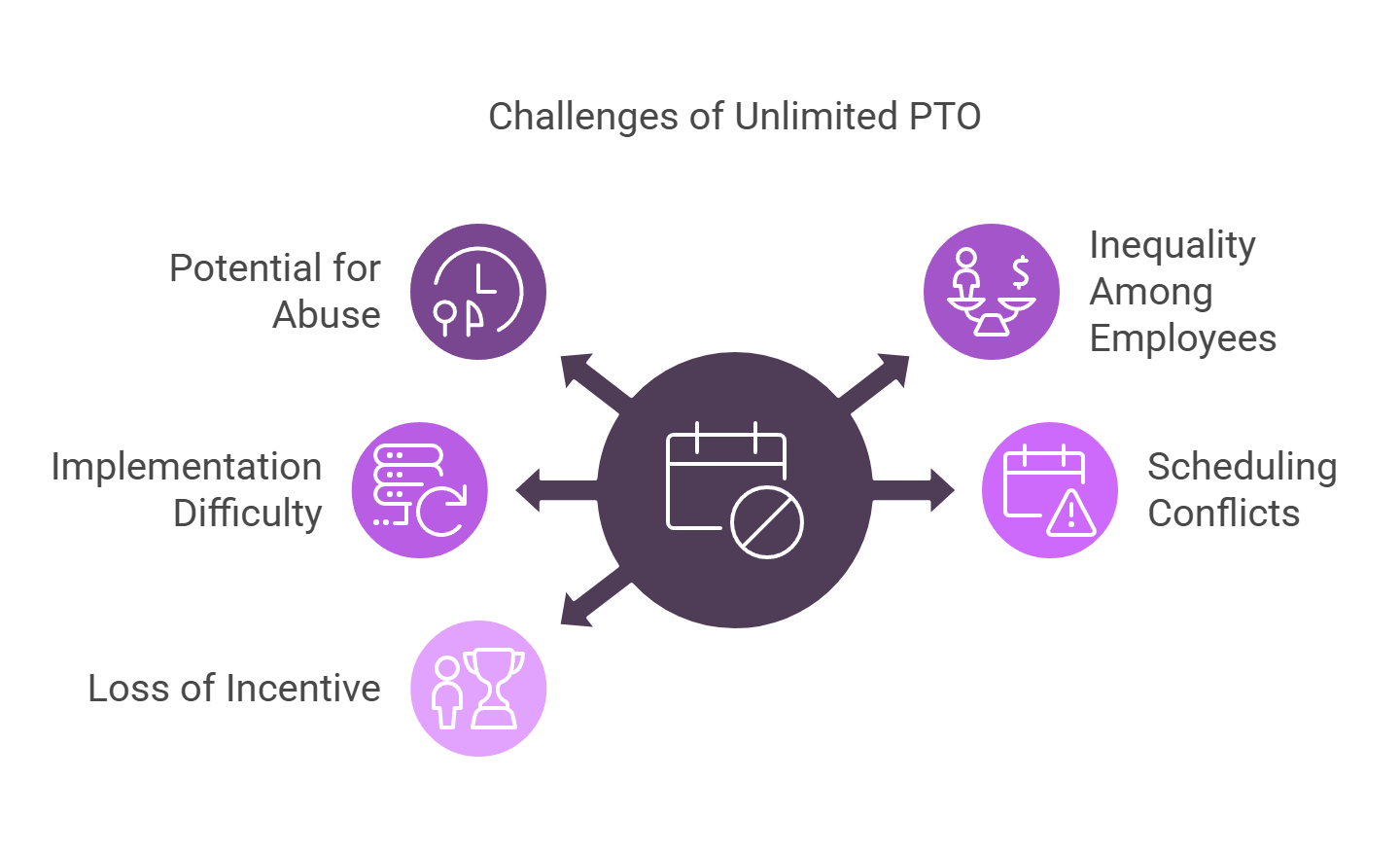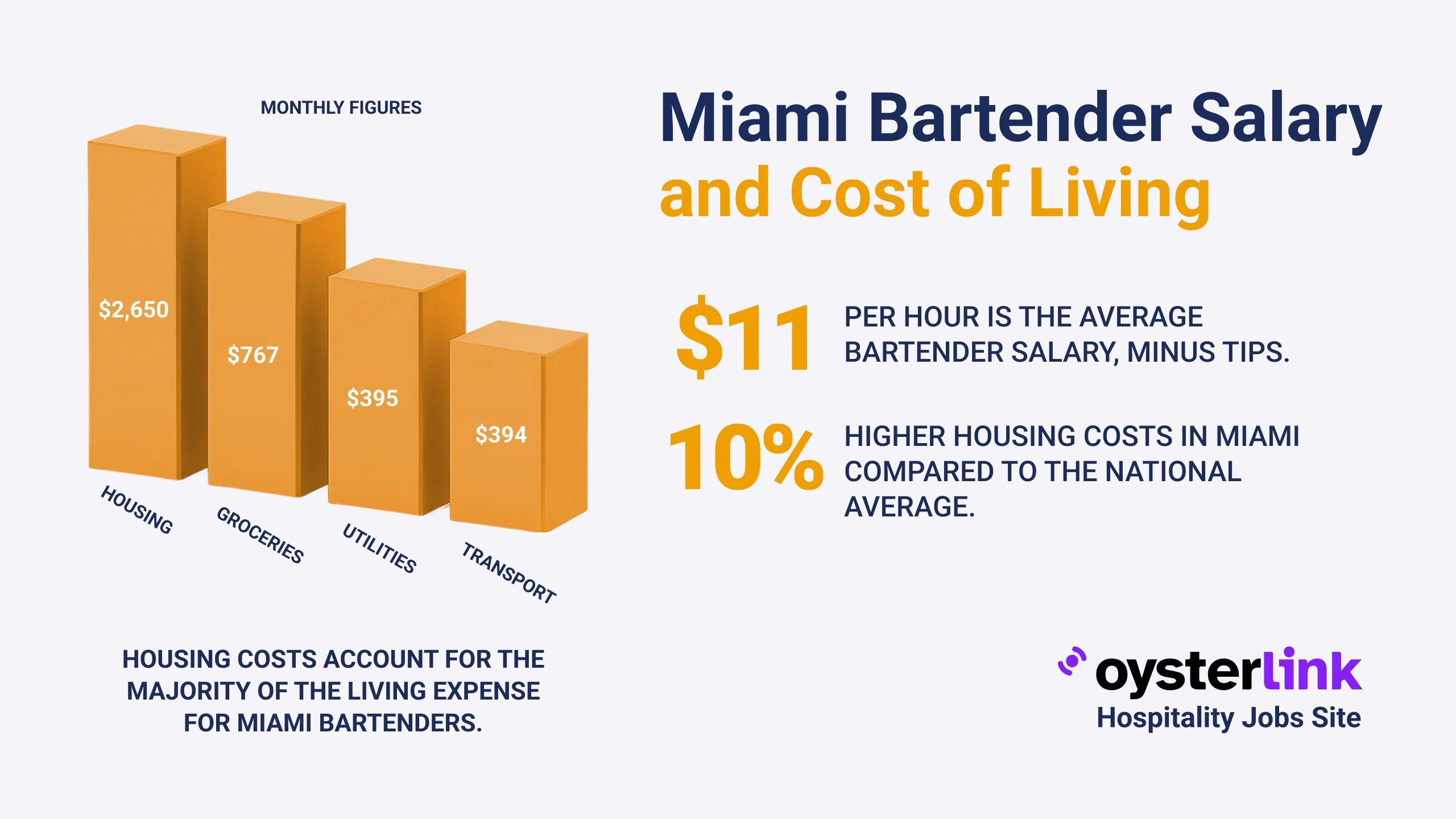In one survey, 26% of employees stated they would consider a lower-paying job if it comes with unlimited PTO.
If you find yourself in that 26% and are wondering how unlimited PTO works, this guide is for you since it will explain what it is, its benefits and potential drawbacks.
What Is Unlimited PTO?
Unlimited PTO is a vacation policy that allows employees to take time off whenever they decide without sticking to a fixed number of vacation or sick days.
Unlike traditional PTO systems, where employees accrue days based on tenure or company policy, employees are trusted to manage their time while ensuring their work is done.

The goal is to promote flexibility, reduce administrative tracking and encourage work-life balance.
Companies using this policy aim to attract top talent and promote a healthier work environment — an approach that appeals to younger generations, who prefer a results-driven culture over traditional office hours and rigid schedules.
How Unlimited PTO Works
While encouraging open communication between employees and management and promoting trust and accountability, unlimited PTO does not mean a lack of rules.
Employees are still required to request time off in advance so that their absence does not disrupt workflow or put project deadlines at risk.
Pros of Unlimited PTO
Implementing an unlimited PTO policy can bring numerous benefits for employees and employers. Here are some of the key advantages:
Enhanced employee satisfaction
Unlimited PTO allows employees to manage their own time off and take care of important life events without the stress of using up their limited leave.
This autonomy is a clear message by the company that it believes in their ability to balance work and personal needs responsibly, making them feel more valued and motivated at work.
This leads to increased overall satisfaction and a stronger sense of loyalty.

Attracting top talent
Offering unlimited PTO can be a powerful recruitment tool in a competitive job market.
By offering flexibility in how and when employees take time off, companies show they care about outcomes, not micromanagement, which is attractive to candidates who prefer to be judged by their performance rather than time clocked in.
Increased productivity
Contrary to the belief that unlimited PTO may lead to employees taking too much time off, research shows that employees often take a similar or even lower number of days off compared to traditional PTO policies.
When employees feel they can take time off without penalty, they are more likely to return to work refreshed and ready to perform at their best.
Reduced administrative burden
Managing a traditional PTO system can be time-consuming for HR departments as they need to track vacation accruals and manage balances.
Unlimited PTO simplifies this process by eliminating the need to track how many days off each employee has used, allowing faster approvals and less paperwork.
The result is an efficient workflow, with fewer resources needed for administrative tasks.
Improved work-life balance
Unlimited PTO encourages employees to prioritize their personal lives, leading to better well-being.
Employees can take time off for family events, vacations, or simply to recharge, helping them reduce stress levels and the likelihood of burnout.
Cons of Unlimited PTO
While there are many advantages to unlimited PTO, it also presents certain challenges. Here are some potential drawbacks to consider:
Potential for abuse
One of the primary concerns with unlimited PTO is the risk of employees taking advantage of the policy.
Some employees may take excessive time off, which can negatively affect productivity and frustrate coworkers who must handle absent team members’ responsibilities.
Inequality among employees
If there are no clear guidelines, unlimited PTO policies can create disparities among employees.
Some may feel pressured not to take time off, fearing it may negatively impact their career development. This can result in unequal use of time off, leading to dissatisfaction and burnout.

Difficulty in implementation
Transitioning to an unlimited PTO policy requires careful planning and communication.
Employers must establish clear guidelines and expectations to ensure that employees understand how to use the policy effectively, including parameters for requesting time off and ensuring that employees manage their tasks in the right way.
Scheduling conflicts
Unlimited PTO increases the risk of multiple employees requesting time off simultaneously, leading to understaffing and operational challenges — especially during holidays and peak seasons.
To minimize disruptions to business operations, employers need to implement systems for managing requests.
Loss of incentive for high performers
In some organizations, PTO is used as a reward for outstanding performance.
With unlimited PTO, this incentive may be lost, leading to potential dissatisfaction among high achievers who expect recognition for their contributions.
Best Practices for Implementing Unlimited PTO
If your organization is considering adopting an unlimited PTO policy, consider the following best practices to ensure it benefits both employees and your company:
- Clear communication: Transparency is key when implementing unlimited PTO. Clearly communicate the policy’s guidelines and expectations to all team members. Provide training and resources to help employees understand how to use the system.
- Set boundaries: While unlimited PTO offers flexibility, it’s important to have boundaries. Establish guidelines for requesting time off, including notice periods and approval processes. This helps maintain operational efficiency while allowing employees to take the time they need.
- Foster a supportive culture: Promote a workplace culture that values time off and respects work-life balance. Leadership should take time off themselves, encouraging employees to do the same. This helps create an environment where employees feel comfortable using their PTO.
- Monitor PTO use: Regularly review how employees are using their unlimited PTO. This can provide insights into whether your team uses the policy effectively and whether you need to make adjustments. Address any concerns regarding potential abuse or inequity promptly.
- Provide alternatives for recognition: Since unlimited PTO may eliminate traditional incentives tied to time off, think of alternative recognition programs. This could include performance bonuses, employee appreciation events or other forms of acknowledgment that reward high performance.
Unlimited PTO as a Work Benefit
Unlimited PTO is a modern approach to employee benefits, offering flexibility and autonomy and valuing performance over rigid schedules and fixed time-off structures.
While the policy has its advantages, it also presents challenges that require careful management and clear communication.
By establishing best practices and creating a supportive culture, organizations can create an environment that benefits employees and employers alike, attracting and retaining top talent while promoting a healthy work-life balance.
.png)
.png)

.png)
.png)